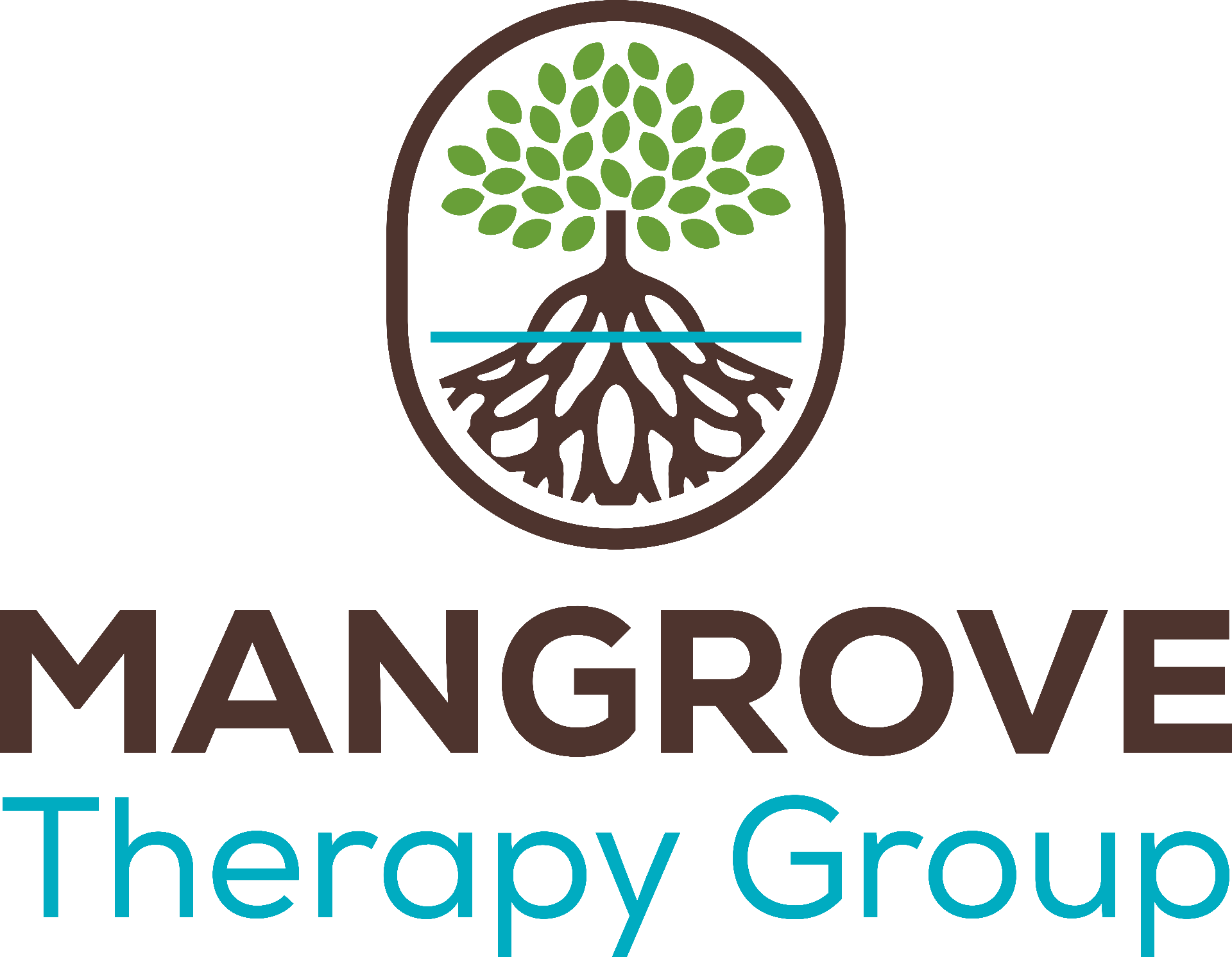EMDR
Eye Movement Desensitization and Reprocessing therapy (EMDR) is a powerful psychotherapy developed to treat trauma as well as other psychological problems such as anxiety, depression, addictions and eating disorders, avoidance, panic attacks, phobias, performance problems, among others. It has been practiced around the world for the past 30 years or so and is an accepted treatment for Post-Traumatic Stress Disorder by the American Psychiatric Association, Veterans Administration, Department of Defense, World Health Organization, and the International Society for Traumatic Stress Studies. In EMDR, the therapist leads a client in a series of eye-movements or other types of bilateral stimulation (tactile or auditory) while the client focuses on various aspects of a disturbing memory. During this procedure, clients process the memory often in a positive and rapid way that leads to peaceful resolution. The research that exists on EMDR is compelling, and the therapeutic changes I have personally witnessed in using EMDR, quite frankly, have been amazing!
As a Certified EMDR Therapist and EMDRIA Approved Consultant, I have advanced training and experience with EMDR and utilize it extensively in my practice. I first decided to get trained in EMDR when I realized that traditional “talk therapy” wasn’t cutting it for many of my clients who remained stuck in unhealthy patterns. They would have a lot of insight into their issues but their behaviors, feelings or beliefs weren’t changing. I continue to be impressed with the results and was able to successfully integrate it into the Caron Renaissance program while I was working there as a primary therapist. I work with numerous men and women of varying ages and with a wide variety of clinical presentations. EMDR can be helpful for a multitude of traumas ranging from the bigger “T” traumas of PTSD to the little “t” experiences that can have a lasting negative impact on things such as self-esteem and relationships. I often find that it’s the more-common experiences of childhood humiliation, rejection, failure, or past hurts that have the biggest role in current dysfunction. I have special training in using EMDR to treat addictions as well as in treating the traumatic stress reactions of recent events that are typically associated with greater memory fragmentation and a higher degree of arousal, therefore requiring special containment strategies and other considerations. This use of early EMDR intervention (EEI) even hours, days, or weeks following a trauma can quickly resolve traumatic stress symptoms and potentially help to prevent these traumatic memories from becoming dysfunctionally stored thereby creating a host of psychological problems in the future. I am the co-founder and coordinator of the Southeast Florida Trauma Recovery Network responsible for providing pro bono EMDR therapy to individuals and groups impacted by community disasters (currently serving the Parkland community). I am also providing EMDR consultation to those clinicians looking to get certified through EMDRIA (click here for details). I currently serve on the board of directors for Trauma Recovery, EMDR Humanitarian Assistance Programs (HAP) and am a Part 1 Basic Training Facilitator for the organization.
“I’ve been impressed by Mr. Gong’s ability to grasp the EMDR protocol, make excellent clinical decisions, and remain ethically sound while working with a diverse caseload of challenging clients. His ethics and dedication to clinical excellence are really quite remarkable.”
-Hope Payson, LCSW, LADC, EMDRIA Approved Consultant, Trainer on EMDR Addiction Protocols
Often when an individual experiences a traumatic event, the disturbing memories become dysfunctionally stored as they were experienced with the same images, sounds, thoughts, feelings, body sensations, and even smells. Later, with even the slightest triggering event, you can feel as if you are reliving the event thus creating significant emotional distress and impairment. Common post-traumatic stress symptoms include intrusive thoughts, nightmares, flashbacks, avoidance, feeling detached or unable to connect with loved ones, depression, hopelessness, guilt, irritability or angry outbursts, hypervigilance (overly aware of possible danger), hypersensitivity (e.g., startle reactions), as well as disrupted sleep or insomnia. EMDR utilizes eye movements and other types of bilateral stimulation to target these “stuck” and dysfunctionally-stored memories to help you get past your past.
I have used EMDR to help treat individuals with traumas related to:
- Sexual trauma including rape and incest
- Death and complicated grieving
- Bullying and peer conflict/rejection
- Neglect and attachment injuries
- Complex PTSD (C-PTSD)
- Dissociative Disorders including DID
- Physical and emotional abuse and domestic violence
- Difficult relationship breakups and “unrequited love”
- Prison experiences
- Military and veterans issues
- Car accidents
- Medical trauma
- Major natural or man-made disasters
- Pervasive negative beliefs about oneself
- Toxic shame
- Anger issues
- Addictions
- Physical pain
Click here for a PDF of EMDR research compiled by Trauma Recovery/HAP.
Click here for a link to the Francine Shapiro Library which has a growing collection of materials on trauma and EMDR theory practice and history.
Click here for a compilation of EMDR research by the EMDR International Association (EMDRIA)
Click here for SAMHSA’s information resource on EMDR Therapy.

